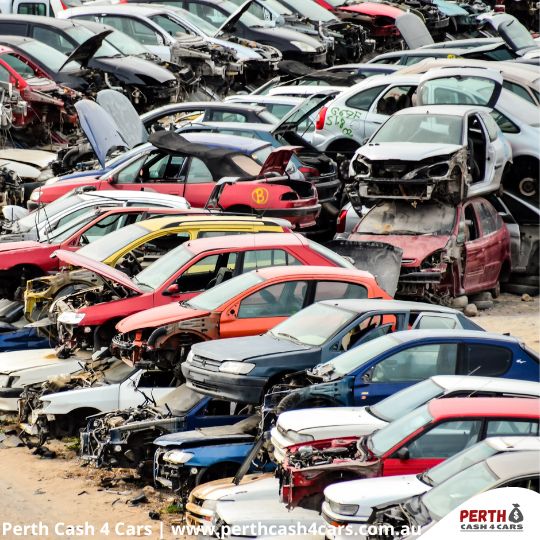Introduction
The image of a junkyard, filled with old, abandoned vehicles, is a familiar one in the world of cars. But have you ever wondered what happens to these vehicles once they arrive at their final destination? Junkyards are not just automotive graveyards; they are hubs of recycling, reclamation, and repurposing. In this blog, we’ll take you on a journey to discover what happens to cars that go to junkyards and how they find new life in surprising ways.
1. Salvage and Parting Out
One of the primary functions of a junkyard is to salvage valuable parts from old vehicles. Skilled technicians carefully disassemble cars, trucks, and motorcycles to retrieve components that are still in working condition. These parts can include engines, transmissions, doors, headlights, and more. These salvaged parts are then cleaned, refurbished, and made available for sale to vehicle owners looking for affordable replacements.
2. Recycling Scrap Metal
Cars are made up of various metals, including steel, aluminum, and copper. When vehicles arrive at a junkyard, the scrap metal is separated from non-metallic components. This metal is then sent to recycling facilities, where it is melted down and used to manufacture new products. Recycling scrap metal from cars significantly reduces the environmental impact of mining and refining new metals.
3. Environmental Hazard Mitigation
Junkyards play a vital role in mitigating environmental hazards associated with old vehicles. Many cars contain hazardous materials like oils, coolants, and batteries. Junkyard operators carefully remove these substances, preventing leaks and contamination of soil and water. This eco-friendly practice ensures that these materials are disposed of or recycled properly.
4. Car Crushing and Shredding
For vehicles that are beyond repair or disassembly, the junkyard has a solution: car crushing. These massive machines flatten cars into small, manageable metal cubes. After crushing, the metal is sent to a shredder, which reduces it to smaller pieces. These pieces are then cleaned, separated, and prepared for recycling.
5. Reclamation of Non-Metal Materials
It’s not just the metal that gets a second life. Non-metallic materials like plastic, rubber, and glass are also recovered and recycled. For example, car tires can be turned into various products, including rubberized asphalt for road construction. Plastics and glass are reprocessed for use in new applications.
6. Repurposing and Resale
Some vehicles that arrive at a junkyard may still have life left in them. These cars can be repaired, refurbished, or repurposed for different uses. They might find new owners who are willing to invest in the necessary repairs, turning what was once a “junk” vehicle into a reliable mode of transportation.
7. Environmental Compliance
Junkyards are subject to strict environmental regulations to ensure that they dispose of hazardous materials properly. These regulations help protect the environment and public health, making the industry more responsible and sustainable.
Conclusion
The journey of cars that go to junkyards is far from over when they arrive at their final destination. Through recycling, reclamation, repurposing, and resale, these vehicles find new life in various forms. Junkyards are not only crucial for disposing of old vehicles responsibly but also for contributing to a more sustainable and eco-friendly approach to the automotive industry. So, the next time you pass a junkyard, remember that it’s not just a resting place for cars but a bustling hub of recycling and renewal.
At Perth Cash 4 Cars, we pay the highest price for any vehicle, at any time throughout Perth. Same day payment & removal guaranteed!
- Cash For Cars Perth
- Car Removal Perth
- Junk Car Buyers Perth
- Cash For Trucks Perth
- Cash For Unwanted Cars
- Car Wreckers Perth
- Car Recycling Perth
If you are in Huntingdale and looking for Perth Cash 4 Cars, Contact us now.

